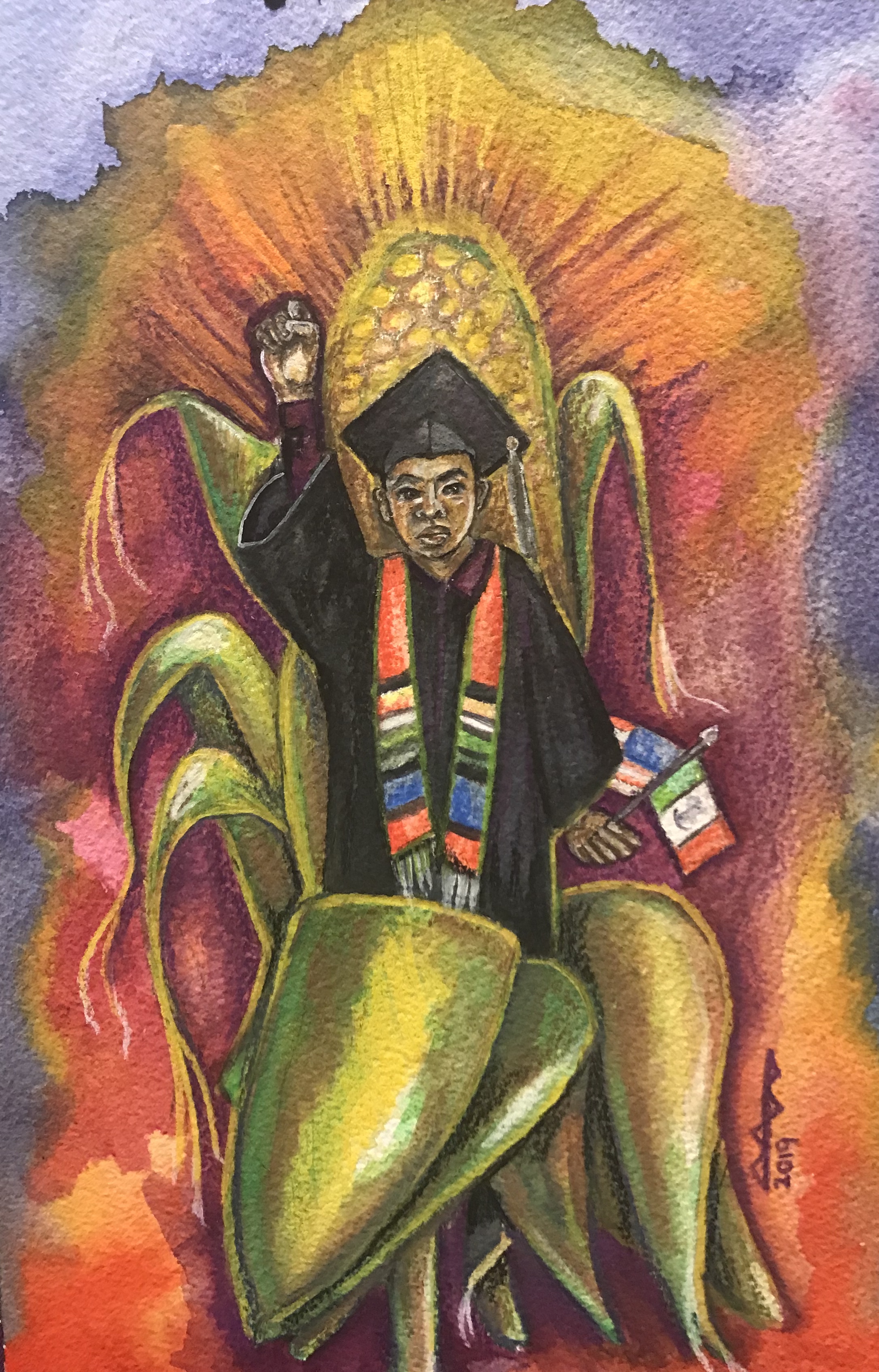
STOCKTON — The humanitarian crisis at the U.S.-Mexico border and the plight of asylum seekers will be highlighted in “Latinx: Art Beyond the Border,” the latest exhibit at the L.H. Horton Jr. Gallery on the Delta College campus.
The exhibit runs Oct. 17-Nov. 7. An opening reception is scheduled for 5 p.m. to 7 p.m. Oct. 17, with a closing reception, “Celebration of Unity,” at noon Nov. 7.
Admission to the Gallery is free and open to the public.
The exhibition presents works related to the pressing issues at the border, the plight of Central American migrants, and the threat to the lives of Latinx DACA (Deferred Action for Childhood Arrivals) recipients.
The artwork was selected by co-curators Josephine Talamantez, retired chief of programs for the California Arts Council, and Jan Marlese, Horton Gallery director.
“As a curator, it is important to be aware not only of trends in the arts,but also of what’s happening in our community, our state, our country,and globally,” Marlese said. “It is also paramount for me to develop an understanding and awareness of the many diverse cultures that our College serves in order to present shows that are reflective of our community.”

"Our Land" by Hector Villegas
The work selected for this exhibition covers a wide range of topics within the broader theme of U.S. immigration policy and its impact on Latinx communities. For example, Caleb Duarte’s work presents projects experimenting with art and social change, taking us across the border to San Cristobal de las Casas in Chiapas, Mexico, for his work with the Zapatistas.
Duarte's work also takes us to the Suchiate River on the southern border of Mexico for his work with Central American refugees, and to Oakland for his work with unaccompanied youth from Guatemala seeking asylum.
Duarte’s social art practice is presented through video documentation as well as through objects, such as the six beautifully embroidered panels from the "Zapantera Negra" project, and the 20- foot Pink Ladder from the "Embassy of the Refugee" project built by students from Oakland’s Fremont High School Newcomer Educational Support and Transition Program (NEST).
There are a number of paintings in the show as well. Mario Chacon and Luz Lua’s paintings reflect on the trauma and inhumane treatment of migrant children, separated from their families and held in detention at the U.S.-Mexico border. Ricardo Islas’ painting also looks at dangers facing migrants, such as the life-threatening risk of migrant smuggling. In similar theme, Vicente Telles’ paintings use traditional Catholic iconography to present stories of the migrants’ plight.
Aida Lizalde’s work consists of sculptures, installations, and multimedia projects that use “minimalist aesthetics” with construction materials, clay, found objects, and textiles. At the core of her practice “is raising social questions and understanding personal narratives through ritualistic and performative actions,” the artist says. Her clay sculpture presented for exhibition, "Ajena/Country," deals with "ideas of frontiers, belonging, identity, and the process of assimilation,” Aida said.

"Dreamers Grow Like Maize" by Berenice Badillo
"Our Land," by Hector Villegas, symbolizes “500-plus years of resistance to colonial hate and genocide of native people on the American continent,” the artist said. Berenice Badillo’s painting, "Dreamers Grow Like Maize," celebrates Dreamers and their achievement in higher education. Katie Ruiz’s piece, "Seeking Asylum," is hand-painted on a standard emergency blanket that is often the only warmth and protection migrants have while in U.S. border detention camps. The painted work references symbols of protection and a long tradition of Latin American textiles.
A highlight of the exhibition is the social practice installation created by Delta College alum Abraham Alvarez, who built a piñata border wall and mural design. The concept for the border wall piñata was originally conceived by artist Sita Bhaumik in 2016, "#WeAreAgainsttheWall," presented at Southern Exposure Gallery in San Francisco. Artists are now encouraged to bring the piñata project to their own communities.
Throughout this exhibition, visitors are invited to pin notes on the back of the wall relating messages of hope for the migrant asylum seekers, Dreamers, and all immigrants. In addition, the community is invited to a closing reception for visitors to break down the piñata border wall in a “Celebration of Unity” at noon Nov. 7.
(Pictured at top: "For a Better Life" by Luz Lua)






